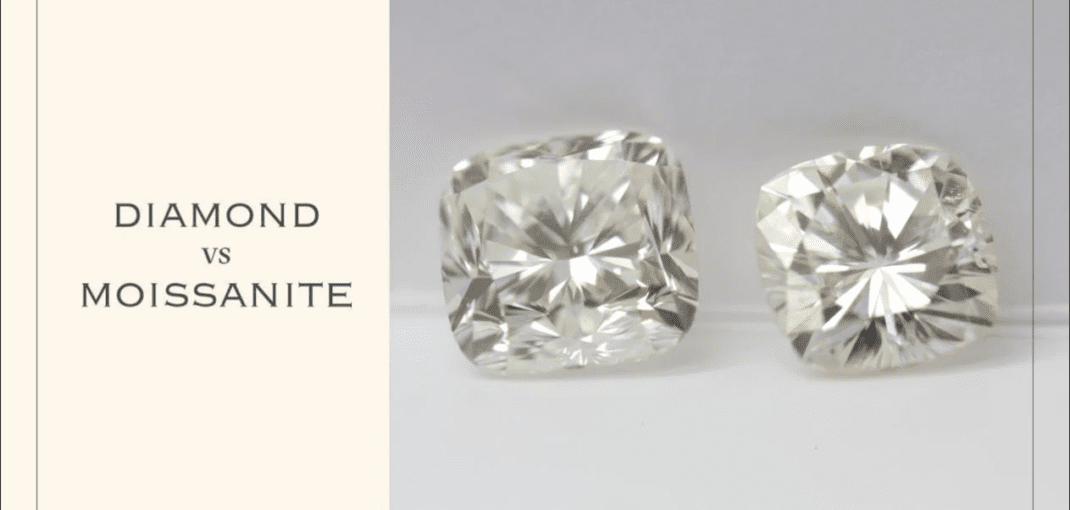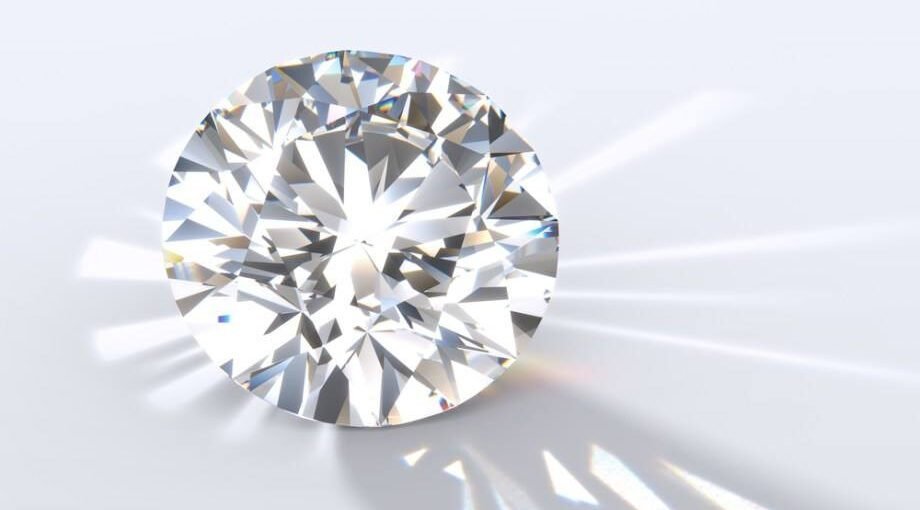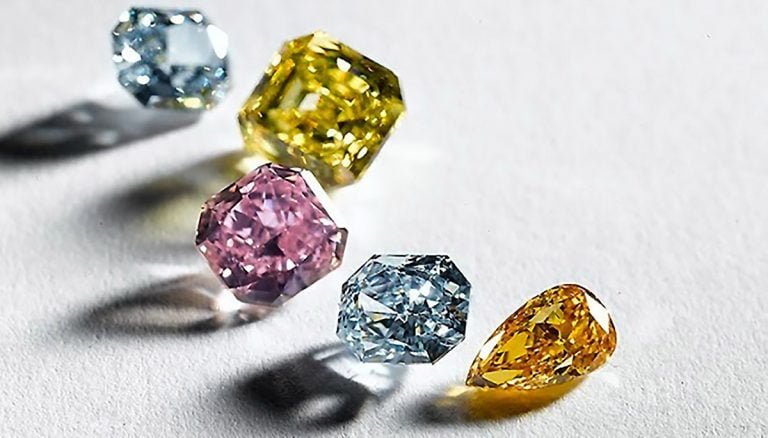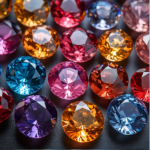10k Gold Vs 14k Gold Vs 18k Gold
K Gold Definition Type The purity of gold is expressed in K (Karat). 24K is 100% pure gold and is therefore the most expensive. Because gold is the softest and most resistant, most jewelry uses K gold to achieve the desired hardness, durability and color. Common K gold hallmark purity in jewelry stores Karat Purity Characteristics 24K 100% Raw gold is too soft and generally not suitable for jewelry settings. Suitable for simple wedding bands, such as hammered wedding bandsIts gold material value is the highest in the jewelry category. 22K 91.7% Soft, not recommended for jewelry inlay type use. Will appear on some hand-carved artwork of special crafts. 18K 75% What you can know about high quality jewelry is generally used using 18K, because his properties most match the senior, strong enough and will not fade. It is the first object of consideration for engagement rings. 14K 58.5% 14K is suitable for semi-precious stones, overall dapei, he can also meet the requirements of high hardness, non-tarnishing, and is also a popular material for wedding rings. 10K 41.7% Suitable for light weight jewelry, fashion jewelry. He also stays intact, but is not strong enough to support overly high priced main stones. About K Gold Prices The price of K gold jewelry depends on its purity, weight, design, and craftsmanship. Purity and weight tell you how much pure gold is in a piece of jewelry, but they are not the only factors that determine the price.A good design not only makes the jewelry look good, but also makes it more durable and comfortable. And good craftsmanship makes your jewelry last forever, and with care, it can last a lifetime.Hand-crafted pieces are also relatively more expensive. 24K gold > platinum > 18K gold > 14K gold > 10K gold > gold-plated sterling silver > greater than gold-plated copper > You can view our blog posts here Common types of jewelry metals Guide, View real-time global gold prices. K Gold Maintenance and Cleaning For any karat gold, the care methods are basically the same. Here is a list of tips to keep your jewelry sparkling. Avoid hitting: When wearing jewelry, karat gold can sometimes be deformed by impact, which may cause the stone to loosen or fall out. In the event of an accidental impact, the best course of action is to have your jewelry inspected by a professional advisor and have the damage repaired immediately. Independent storage: The hardness of each type of gemstone and precious metal varies, so they can be easily damaged by rubbing against each other.The best way is to store them separately and pack them neatly to avoid scratching each other. Jewelry that you do not wear should be stored away and not exposed to the air as much as possible in order to significantly reduce the chance of oxidation. Daily Maintenance: At home, you can prepare soft brushes, neutral detergent, water basin and clean soft cloth to do simple cleaning for your beloved ornaments. Add a little neutral detergent to water, if the sweat, grease or dirt is heavy, you can soak it in water for about 15-30 minutes, then brush it gently with soft bristle brush, remember to rinse it with water after brushing to avoid the residue of detergent on the ornaments, finally dry it with soft cloth to restore the shine. Note that cleaning products with abrasive materials (e.g. polishing cream, toothpaste with abrasive particles, fine sand paper, fine sand cloth, etc.) should not be used to avoid abrasion of the jewelry or loss of karat gold jewelry. Recommended: We have also written a series of blogs about the 4Cs of diamonds, Diamond Size Chart, and a series of popular science you can check at any time.









